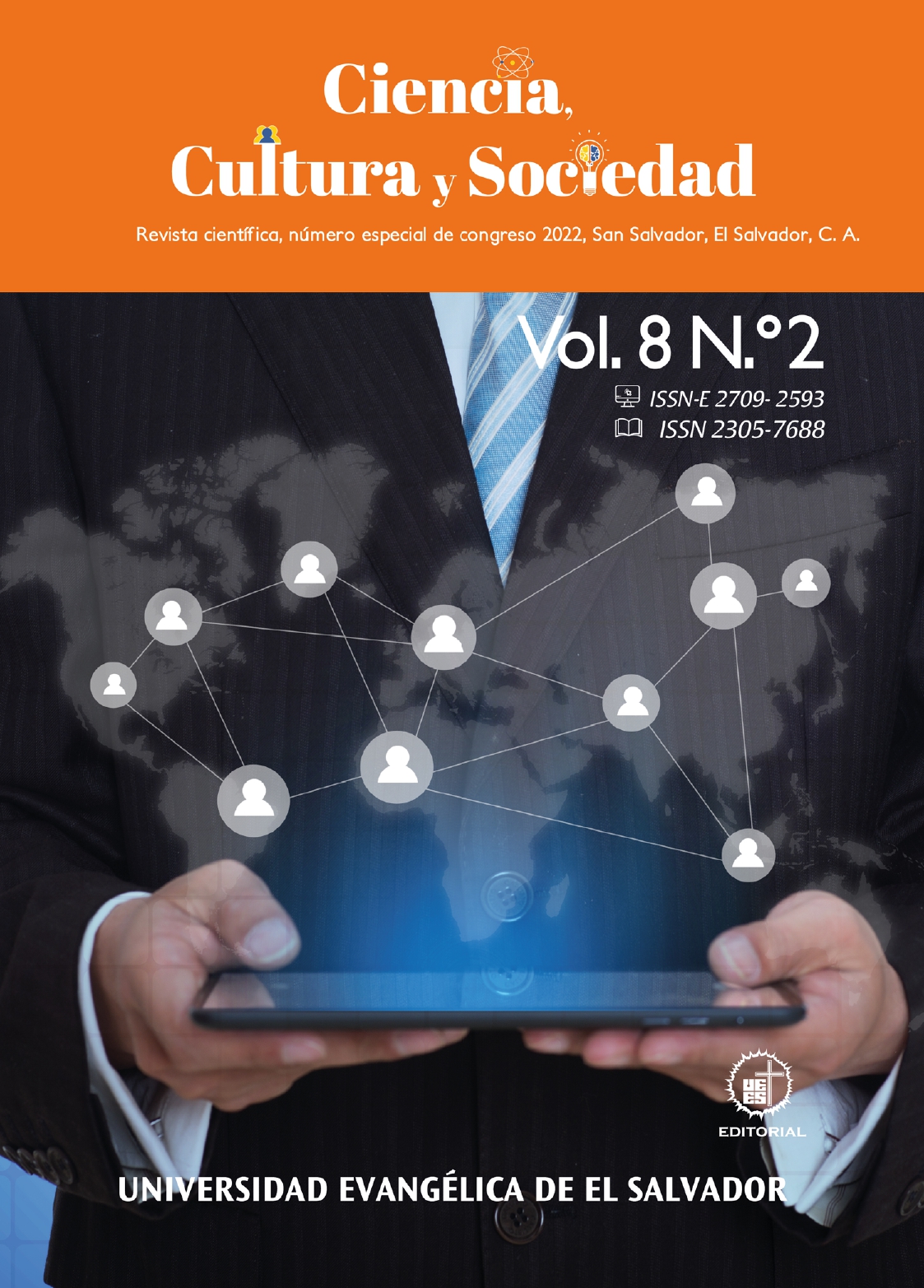Genesis of civil societies in Central America (Nicaragua, El Salvador, 1990-2000)
DOI:
https://doi.org/10.69789/ccs.v8i2.636Abstract
Among the 17 SDGs listed by the United Nations, it is important to note that none explicitly focus on strengthening civil societies and their organizations. The observation is even more surprising that, in some regions such as Central America, civil societies have been the object of intense conflicts with the governments in power. How to understand these tensions between the State and the civil societies of the isthmus? Where does this competition come from and what do they tell us about the political culture of the region? This conflict is undoubtedly the historical result of a competition between “enemy colleagues” who circulate between the State, political parties and CSOs, alternately adopting positions of challengers and insiders who seek, or enter in the political game, or stop the arrival of new competitors. Indeed, at the beginning of the 1960s, countries like El Salvador and Nicaragua experienced their first associative boom, which was immediately the site of battles for hegemony and cooptation of the various political actors in these countries, especially the left. In reaction to this form of “entrism”, the actors in power, government parties and the military indiscriminately repressed the organized sectors, precipitating a growing number of civil organizations and actors into the arms of armed organizations. In this way, the game of entryism-repression led to the growing absorption of civil organizations by revolutionary groups.
Downloads
31
Downloads
Published
How to Cite
Issue
Section
License

This work is licensed under a Creative Commons Attribution-NonCommercial-ShareAlike 4.0 International License.
The authors give to the copyright to the journal Ciencia, Cultura and Sociedad, and copyright in all forms and media, to be notified of acceptance of your article. The authors can publish their articles in another journal after a semester published in this volume. The content of the articles is the sole responsibility of the authors. To refer to the articles correctly quote the authors.

Ciencia, Cultura y Sociedad articles are published in open access and are under a Creative Commons Attribution-NonCommercial 4.0 International License.

